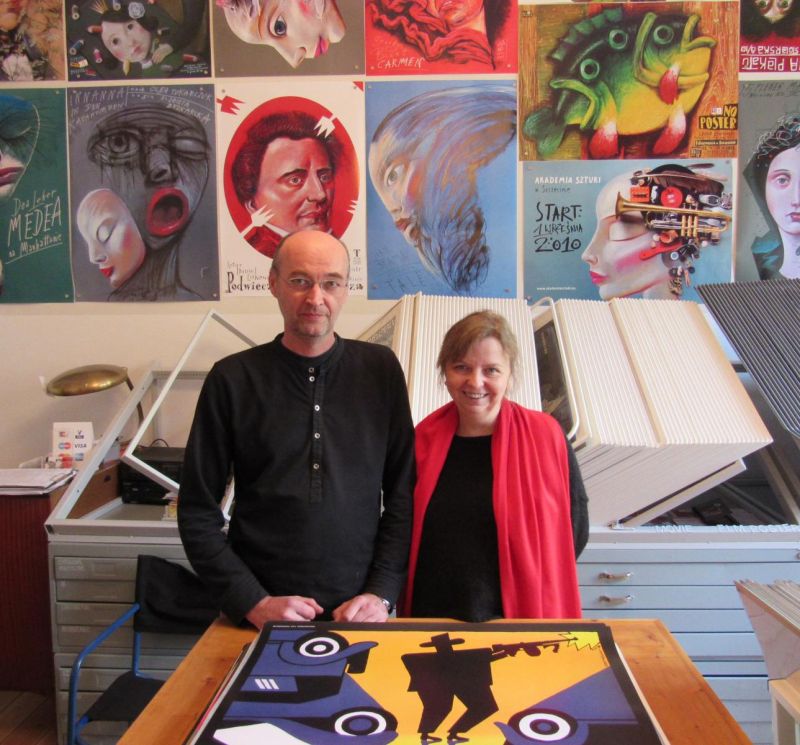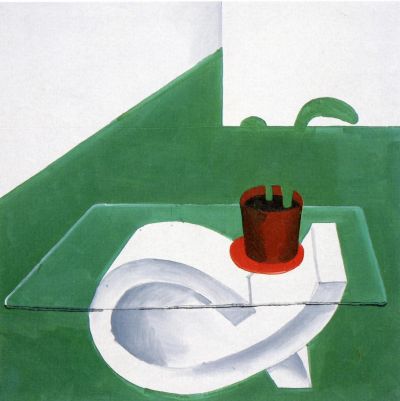The collectors Joanna and Mariusz Bednarski talk about Polish poster art
Mediathek Sorted
-
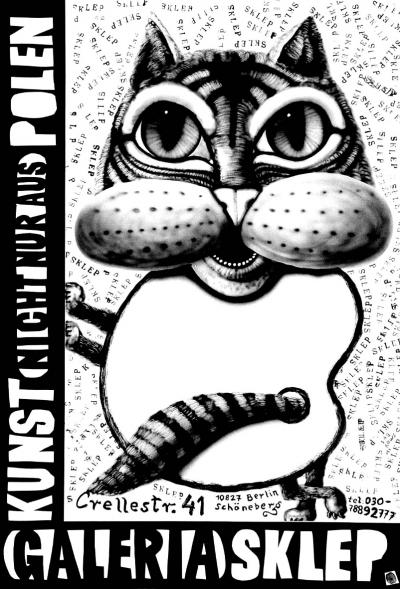
-
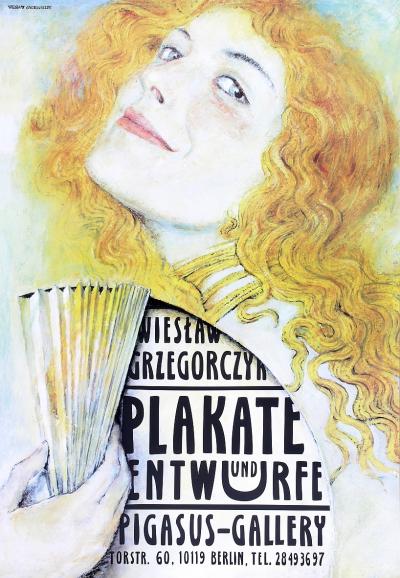
-
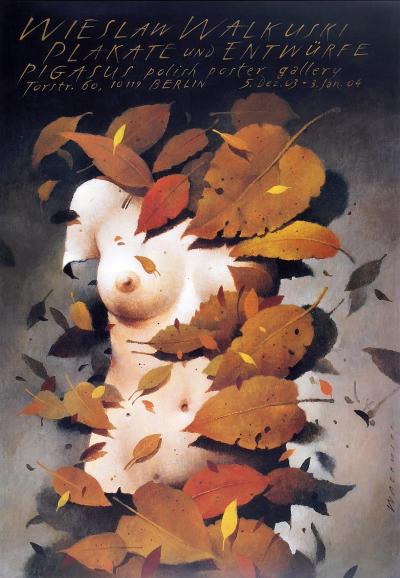
-

-
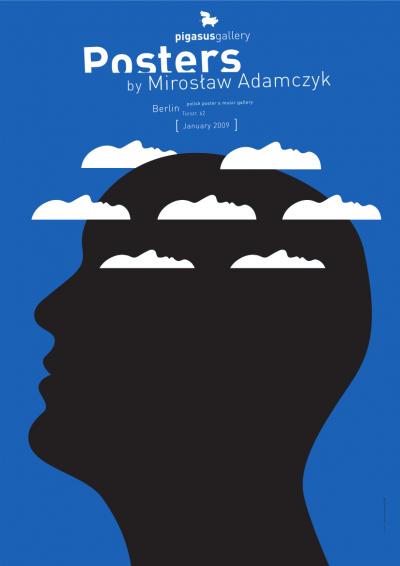
-
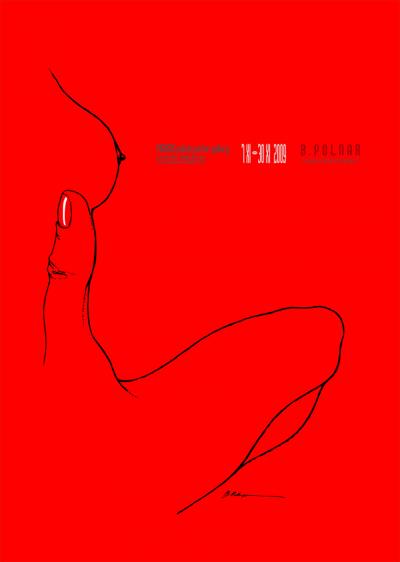
-
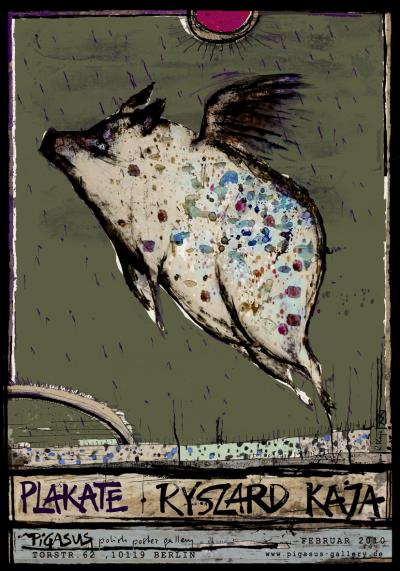
-
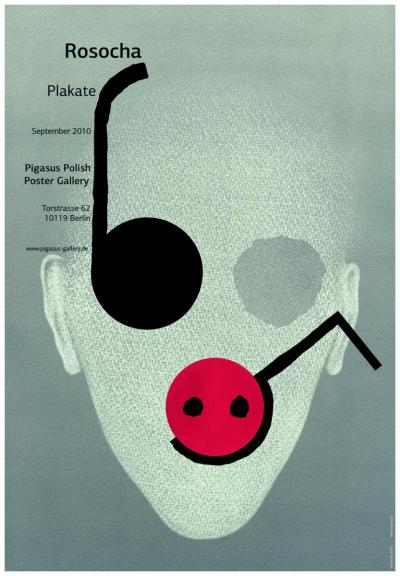
-
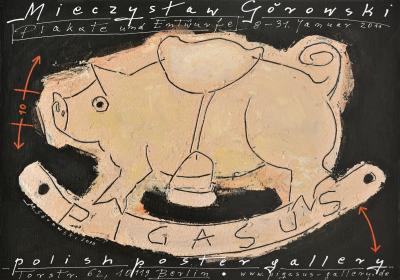
-
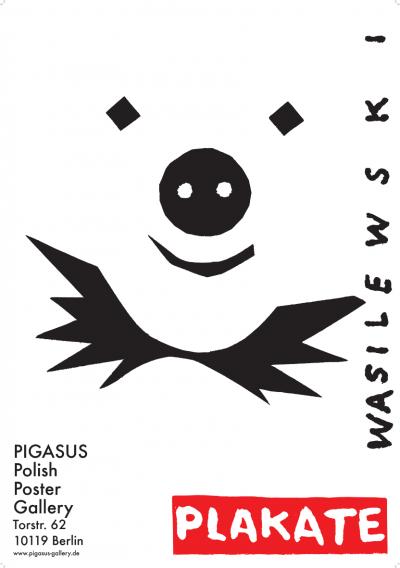
-
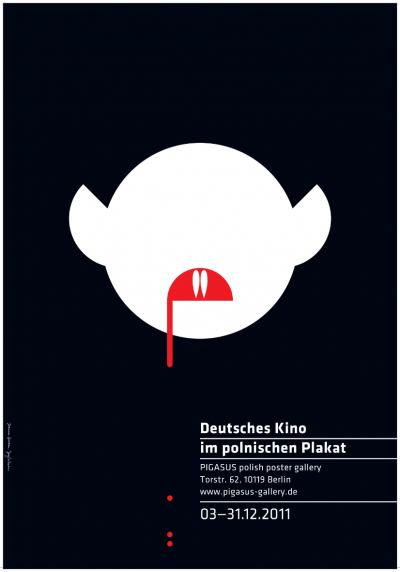
-
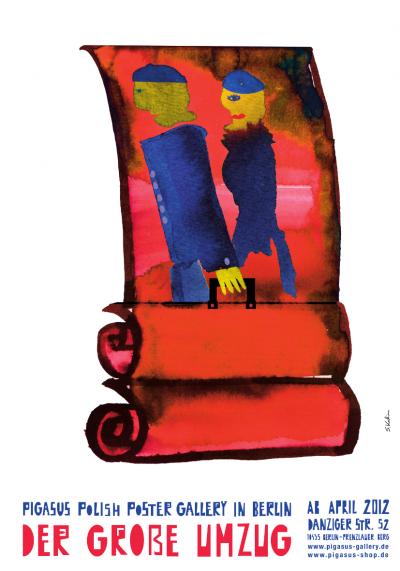
-
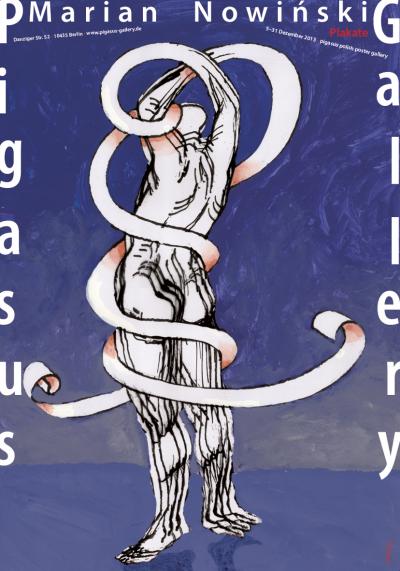
-
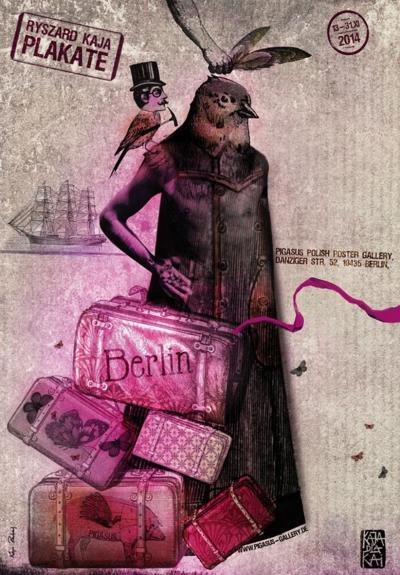
-
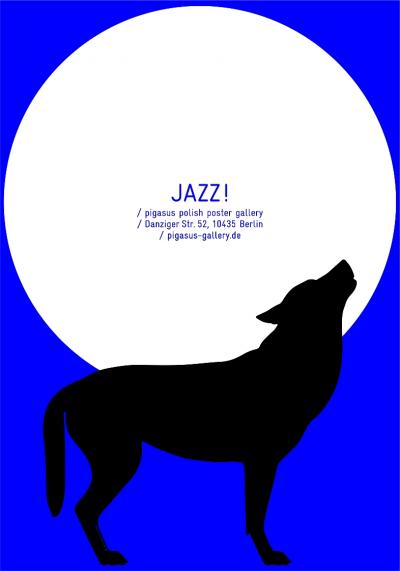
-
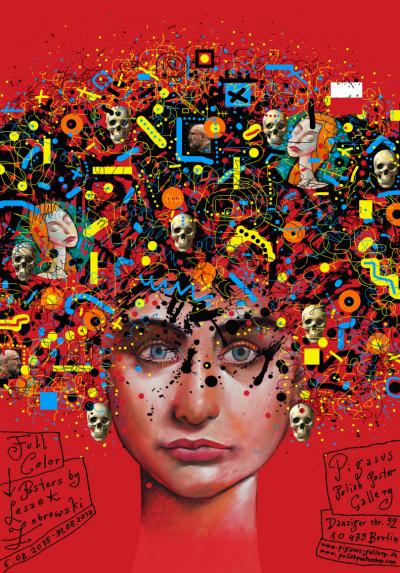
-

Pigasus-Gallery - Hörspiel von "COSMO Radio po polsku" auf Deutsch

Your homepage has a list of over 100 poster artists, with almost as many images. There are alone 123 posters by Henryk Tomaszewski. Have you managed to include all your artists and are you trying to make the list complete?
J: It’ll never be complete, for we are always adding new artists. Alone Leszek Żebrowski, whose exhibition is currently running in the gallery, has created over 400 posters. There are between 1500 and 2000 posters by Tomaszewski. The work would take a lifetime. We have to work on our homepage every day, preparing photos and the like. It’s not an encyclopaedic selection. For example our homepage also presents young artists who have maybe only created twelve posters, whereas we have not yet been able to take account of established artists like Bronisław Zelek.
In 1948 Henryk Tomaszewski won five of the nine awards presented at the International Exhibition of Posters in Vienna.
M: Yes, that was the start of Polish poster art after the Second World War. It had a completely new aesthetic.
What did these new pioneering design elements look like?
J: The artists’ individual style was unmistakable. M: That was one thing. Tomaszewski’s particular style was unique. There were also metaphorical elements. Film themes were not simply translated into an image but also encoded metaphorically, abstracted. The posters were poetic, metaphorical and abstract. They did not approach the films directly, there were no portraits of actors, no film scenes like in Hollywood posters, but abstract and expressive figurative symbols. Tomaszewski’s figurative language became increasingly spare. His last posters consisted of only a few signs. And in the end I had some problems with that. I couldn’t understand his signs any more. It was only when I visited the exhibition of his complete works, along with his book covers and a film about him, that I understood the effect his figurative symbols had. You don’t have to have a portrait of Liza Minelli on the film poster. Figurative signs can also arouse people’s attention and encode the contents. J: This does not mean of course that the general public also understands the posters. Whenever there was a new film I always used to look at the poster afterwards. The poster gave an additional meaning to the film. M: In the provinces people certainly didn’t understand and appreciate the posters. Polish poster art became internationally popular about one year after the competition in Vienna. Books were published on it, amongst others by Jan Lenica; and international journals like Graphis in Switzerland dedicated complete editions to Polish posters.
Were film posters the most important area of Polish poster art?
J: Yes, but not solely. There were also of course theatre and opera posters. M: There were no posters for areas like product advertising or fashions, people didn’t need that. J: There were indeed posters for Moda Polska, but they were only intended for trade fairs abroad. In Socialist Poland there was generally no advertising, and none at all for consumer goods. The idea behind the film posters selected by the committee was not so much advertising as art. To a certain extent poster artists had more artistic freedom in Socialist Poland than in capitalist countries since they were not subject to the dictates of commercial advertising. It goes without saying that they had to be politically cautious. Circus posters were another interesting area. M: Nonetheless the political pressure was immense. Every poster had to be passed by the censor. We don’t know why some posters exist at all because politically speaking they are rather critical. Naturally there were also official propaganda posters. For every anniversary of the People’s Republic of Poland there were posters, Lenin posters and so on. A few artists specialised in that area. Others would have never done such a thing.

















































































